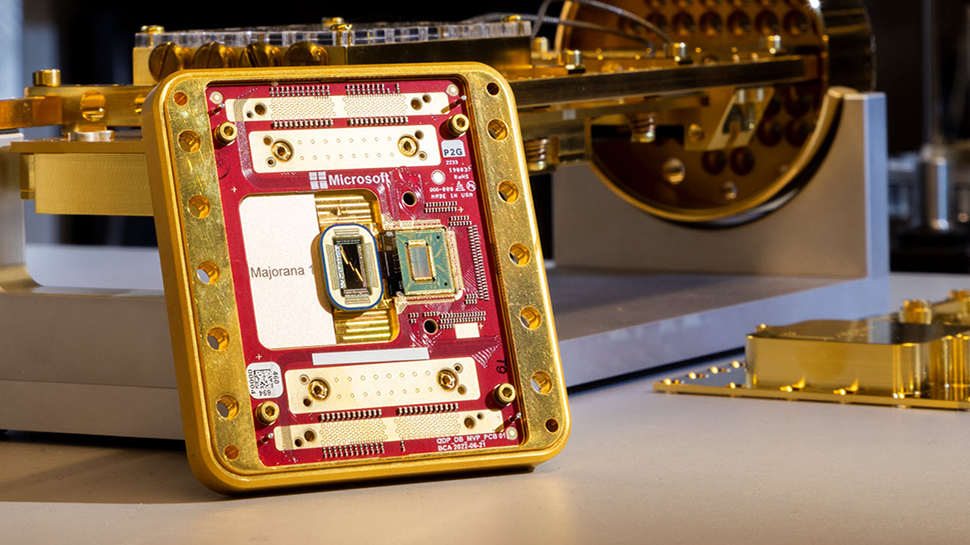Microsoft set to rival Google, IBM with first-of-its-kind quantum chip with topological core architecture
Majorana 1 provides a clear path to scaling quantum systems

- Microsoft unveils a quantum chip with a Topological Core for stable and scalable qubits
- Majorana 1 features eight topological qubits, aiming for a million-qubit scale
- Breakthrough is comparable to how semiconductors revolutionized modern computing
Microsoft has unveiled Majorana 1, a quantum chip built on a Topological Core architecture, marking a huge step forward in its quantum computing efforts.
The company says this new chip, which positions the tech giant alongside rivals Google and IBM in the race for large-scale quantum computing, will lead to devices capable of solving industrial-scale problems in years rather than decades.
The chip is based on a topoconductor, a newly-engineered material that can observe and control Majorana particles - a discovery Microsoft represents no less than a new state of matter, which it has used to create a more stable and scalable qubit in a breakthroughit compares to how semiconductors transformed modern computing.
A clear path for scaling
“We took a step back and said ‘OK, let’s invent the transistor for the quantum age. What properties does it need to have?’” said Chetan Nayak, Microsoft technical fellow. “And that’s really how we got here – it’s the particular combination, the quality and the important details in our new materials stack that have enabled a new kind of qubit and ultimately our entire architecture.”
Microsoft adds Majorana 1 offers a clear path to scaling quantum systems. For now, it has eight topological qubits on a single chip, marking the first step toward its goal of reaching one million qubits. Achieving this scale will be essential if quantum computing is to drive advancements in industries such as healthcare, environmental science, and manufacturing.
“Whatever you’re doing in the quantum space needs to have a path to a million qubits. If it doesn’t, you’re going to hit a wall before you get to the scale at which you can solve the really important problems that motivate us,” Nayak said. “We have actually worked out a path to a million.”
The chip is built using a materials stack made from indium arsenide and aluminum, designed and fabricated atom by atom. The Topological Core architecture resists errors at the hardware level, making it more stable than current approaches.
Are you a pro? Subscribe to our newsletter
Sign up to the TechRadar Pro newsletter to get all the top news, opinion, features and guidance your business needs to succeed!
You might also like

Wayne Williams is a freelancer writing news for TechRadar Pro. He has been writing about computers, technology, and the web for 30 years. In that time he wrote for most of the UK’s PC magazines, and launched, edited and published a number of them too.
You must confirm your public display name before commenting
Please logout and then login again, you will then be prompted to enter your display name.